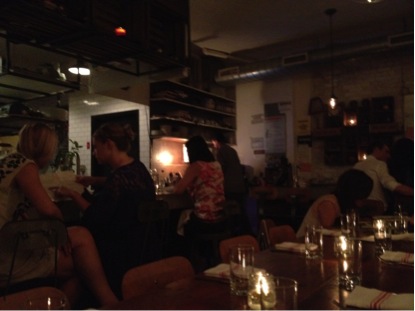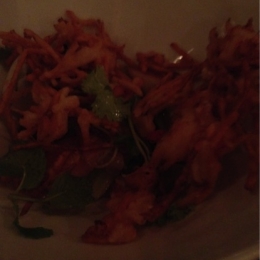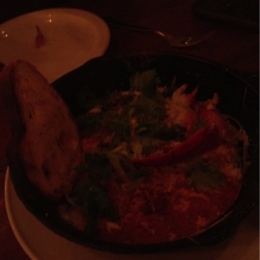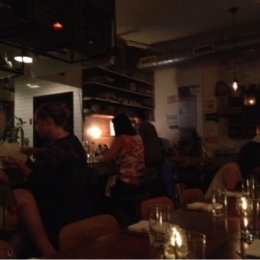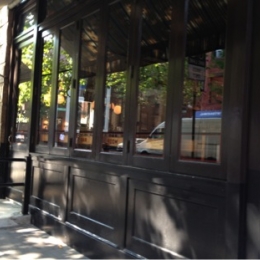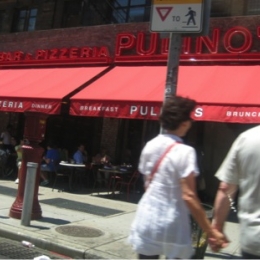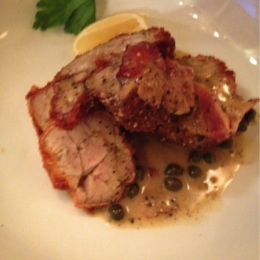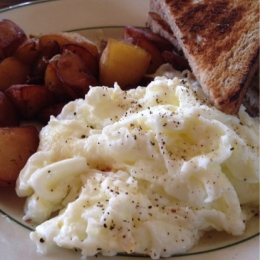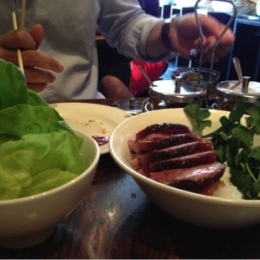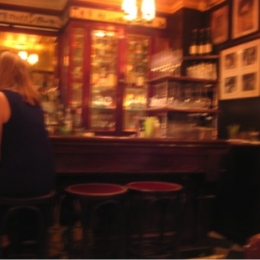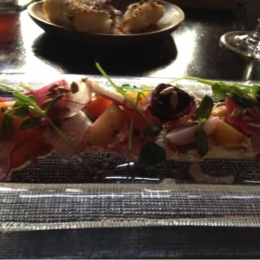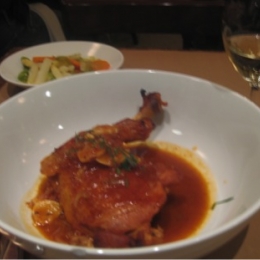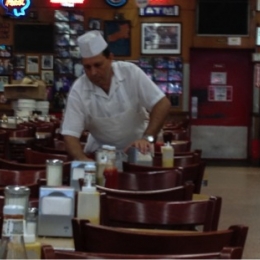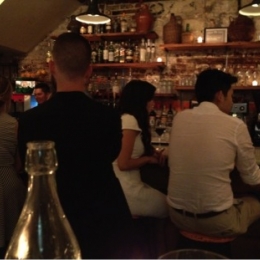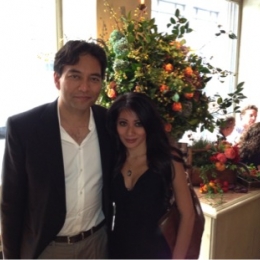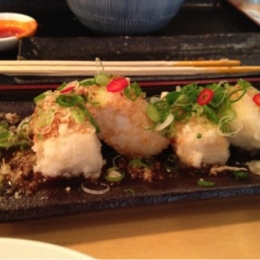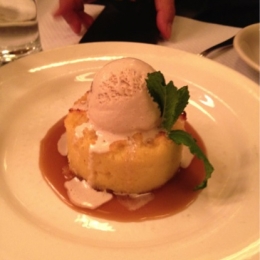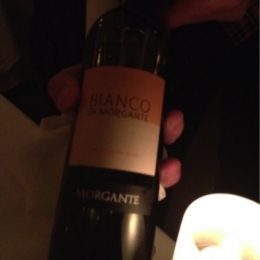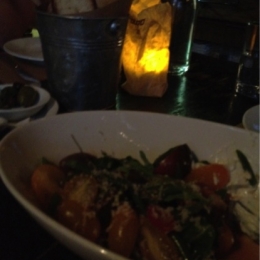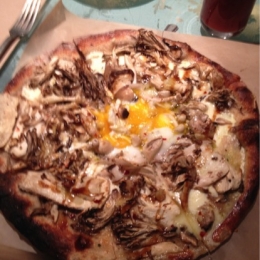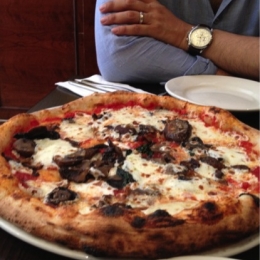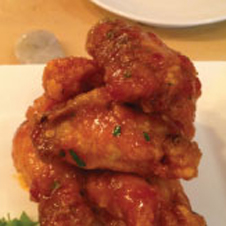In the year of hipster Asian cuisine, it is both hard to be Simpson Wong—if only because the competition has dialed up again even when the term Asian fusion or pan-Asian itself has been much derided—and easy because all he needs to know is how to position himself (and how to cook).
In this sense, he has done more than enough: his special brand is ‘Asian locavore,’ his compass Malaysia and the surrounding region, his location Cornelia Street (can’t get more strategic than that, in a neighborhood low on hip Asian cuisine but high on hipness in general), his space part Brooklyn part student hang out, built around homey salvaged furniture and an open kitchen, his cooking very good.
What’s more, he is friendly and personable, and greets and talks to his customers as though they are his new best friends. He also has an endearing vulnerability to him—it’s all over his face—stamped, no doubt, by the long aftershock of that scathing March 15 Time Out review, which, in the world of NYC restaurants, could mean instantaneous death to a young restaurant or a young chef. There was genuine worry in his eyes each time our order arrived, as though we—seemingly discerning Southeast Asians who presumably knew what we were eating (or, more pointedly, how they were supposed to taste)—were secretly out to get him.
Not that he didn’t know his cuisine. Born and raised in Malaysia, Simpson Wong had two cross-border restaurants to his name—the laborious Cafe Asean and the sleek Jefferson of Sex and the City fame—and, before opening Wong, he had traveled home and around the region for new fusion ideas.
And what he had brought to this otherwise charming restaurant, more than a mere new riff on—forgive me—‘pan-Asian’, or even a new farm-to-table Southeast Asian sensibility, is a daredevilry as endearing, and admirable, as his vulnerability.
And as with every daring act, you assume as much chaos as you do beauty in unexpected places. His food is nowhere close to perfection. But when it works, it works, and often in a messy, disheveled way, not unlike a brilliant but unkempt boy.
The shrimp fritters are a case in point. It is a riot to look at, and harder still to fathom black on white (“Ham, rice sheet, water melon, sunflower sprouts.”) Ham? Watermelon? And yet there is something rather delicious in that improbable combination—the fritters, fried in taro strips, are in fact pretty light and addictive (hell, we finished it, and that’s saying a lot), and what might seem as a pointless addition of an underwhelming fruit (watermelon) actually works much better than its clichéd predecessor, the kitschy pineapple. It neutralizes what needs no tarting up, the way an unassuming slice of tangerine, for instance, once leavened so brilliantly a sweetish minced duck-based appetizer at E&O, one of my favorite restaurants in Jakarta.
Even the polemical lobster egg foo young, described variously as ‘heavy, overwrought,’ ‘cholesterol overload’—hen eggs, salted duck yolks AND half a lobster tail and a claw or ‘bizarre’—tomato chili sauce and crumbled shrimp cookies?—is not as bad as it looks. If you’ve been weaned, like me, on one horrid tomato tornado fu yung hai too many, you would welcome this rather extravagant—and not untasty—rendering. And if you stop to really savor the tomato chili sauce mixed with the crumbled shrimp cookies, you’ll find that it is actually quite tasty, in that slightly wicked, irreverent way of the certain comfort foods (the kinds you don’t talk about). What makes a lot of people squirm, I suspect, is not the taste (if they get that far), but rather the oh-what-the-hell-let’s-mix-everything-up style of cast-iron pan college dorm cooking that it’s presented as.
Ironically, it is where the dishes are visually at their soberest—and call for a bit of restraint—that the taste factor quickly goes south. The fried hake tossed over a bed of rice vermicelli and doused with nuoc cham is beautiful both on paper and in the flesh, but the poor fish is practically smothered by turmeric and dill, and the whole dish somehow lacks depth. It is a shame, for it is billed as the Chef’s pride and joy, his personal take on a famous Hanoi restaurant standby, Cha Ca La Vong (here renamed, inevitably, Cha Ca la Wong). If you fall short with your house specialty, then what you pray for in your customers is their patience and their goodwill, much as a pianist would pray for the judges not to pass their verdict until after they get past the Baroque and Classical offerings and on to the Romantics and the Impressionists. Or even to the modernist desserts, where things get truly innovative (and in some cases brilliant. Try that roast duck ice cream, served with poached plums and five-spice cookie, courtesy of Wong dessert chef Judy Chen).
Ultimately, it is such blunders that hinder Wong from being a truly good restaurant instead of a merely interesting one. They are by no means life-and-death, but they can make a difference to a restaurant that gets so many other things just right.
